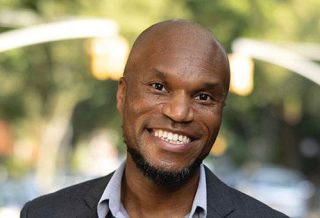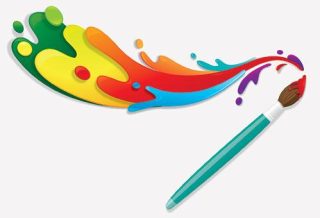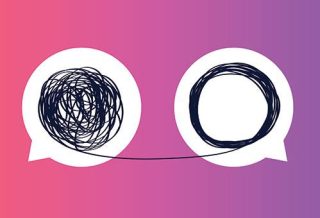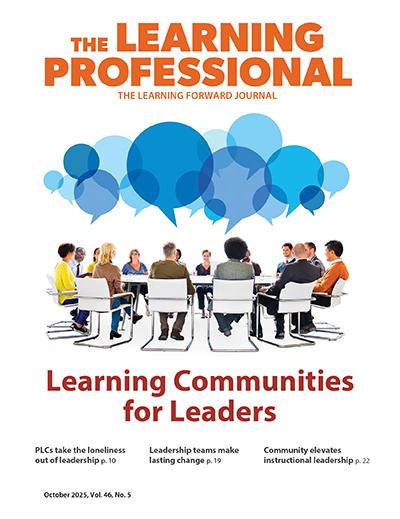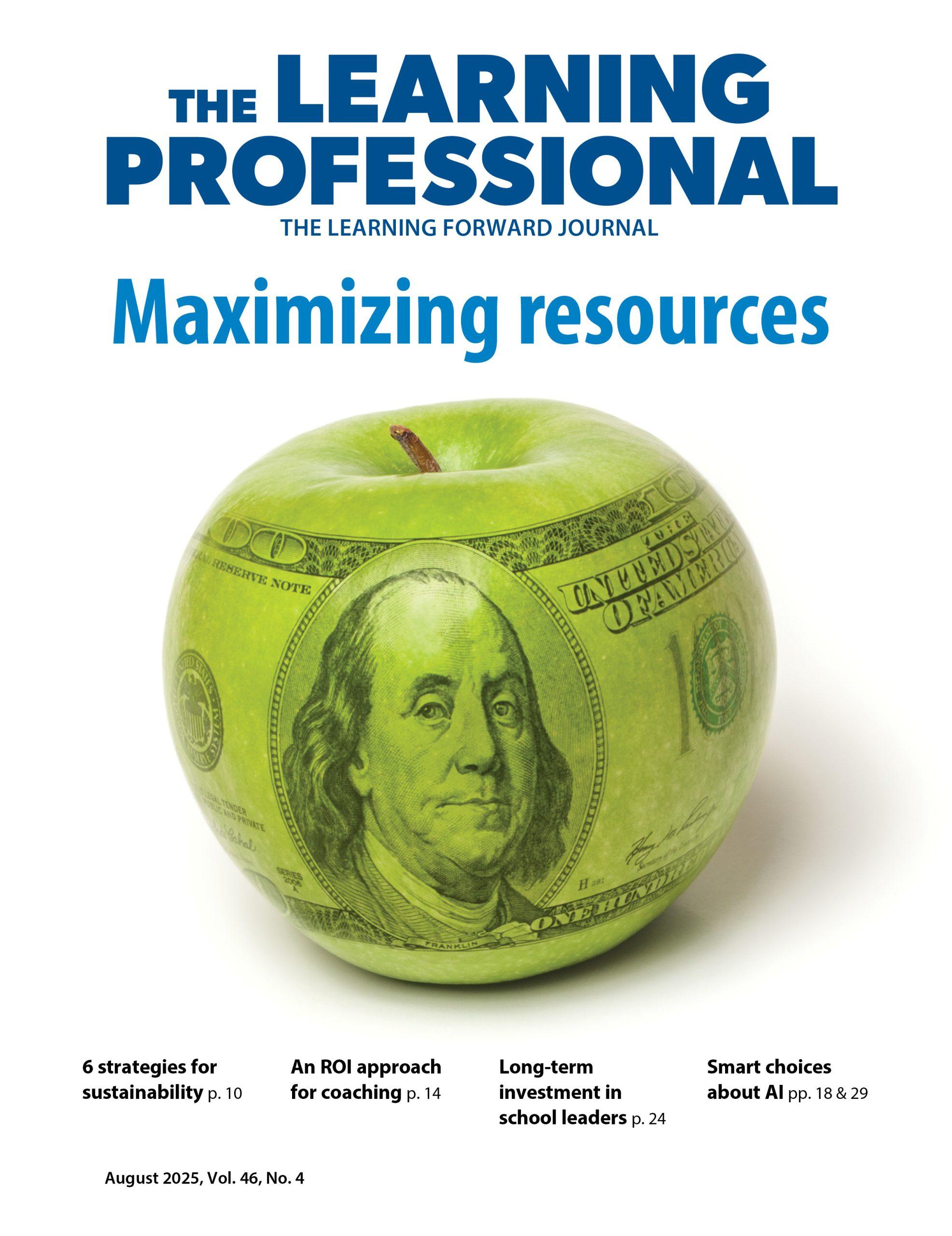FOCUS
Yes, a conference can lead to sustained learning. Here’s how.
By Juliet Correll
Categories: Data, Evaluation & impact, Learning designsAugust 2023
Read the remaining content with membership access. Join or log in below to continue.
Sed ut perspiciatis unde omnis iste natus error sit voluptatem accusantium doloremque laudantium, totam rem aperiam, eaque ipsa quae ab illo inventore veritatis et quasi architecto beatae vitae dicta sunt explicabo. Nemo enim ipsam voluptatem quia voluptas sit aspernatur aut odit aut fugit, sed quia consequuntur magni dolores eos qui ratione voluptatem sequi nesciunt. Neque porro quisquam est, qui dolorem ipsum quia dolor sit amet, consectetur, adipisci velit, sed quia non numquam eius modi tempora incidunt ut labore et dolore magnam aliquam quaerat voluptatem.
How to make conference learning last
Learning Without Tears team’s steps for finding time and creating structure to apply and sustain learning from the Annual Conference:
- Generate common understanding, desire, and shared goals.
- Provide context and build background.
- Plan and register for conference sessions with intention.
- Personalize graphic organizers.
- Implement initial in-person reflection.
- Schedule blended follow-up to codify learnings and plan application.
- Incorporate learning opportunities into regular routines.
- Fold in external resources and support.
- Reflect, assess, modify, and evolve, as needed.
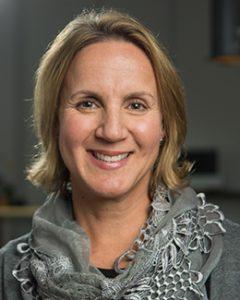
Juliet Correll (juliet.correll@lwtears.com) is vice president for professional learning at Learning Without Tears. She is a past director of the Learning Forward Foundation, past president of a Learning Forward regional affiliate, and a graduate of the Learning Forward Academy.
Categories: Data, Evaluation & impact, Learning designs
Recent Issues
MAXIMIZING RESOURCES
August 2025
This issue offers advice about making the most of professional learning...
MEASURING LEARNING
June 2025
To know if your professional learning is successful, measure educators’...
NAVIGATING NEW ROLES
April 2025
Whether you’re new to your role or supporting others who are new,...
LEARNING DESIGNS
February 2025
How we learn influences what we learn. This issue shares essential...



